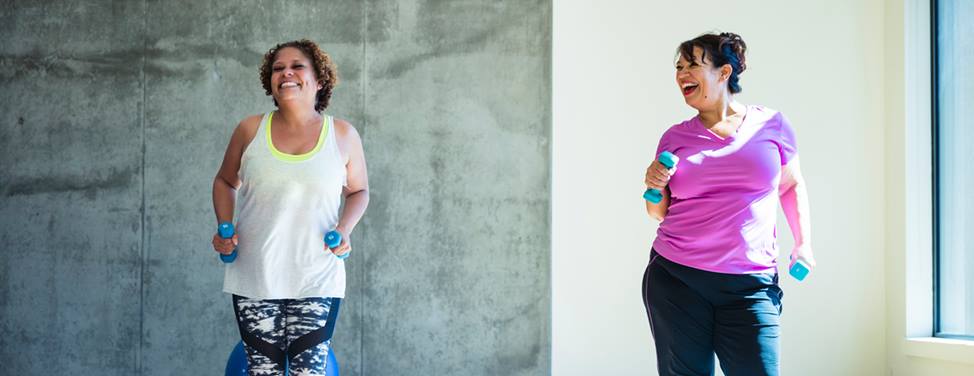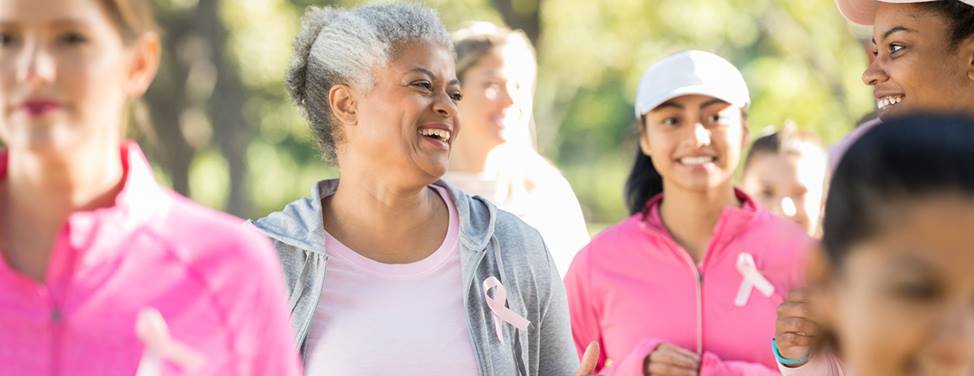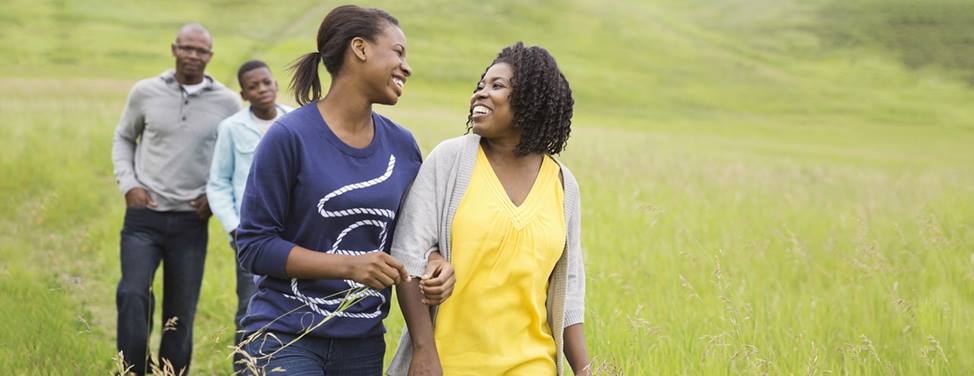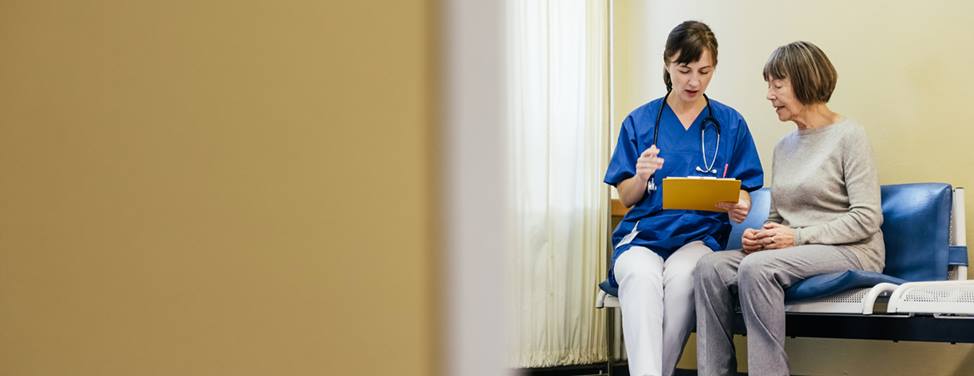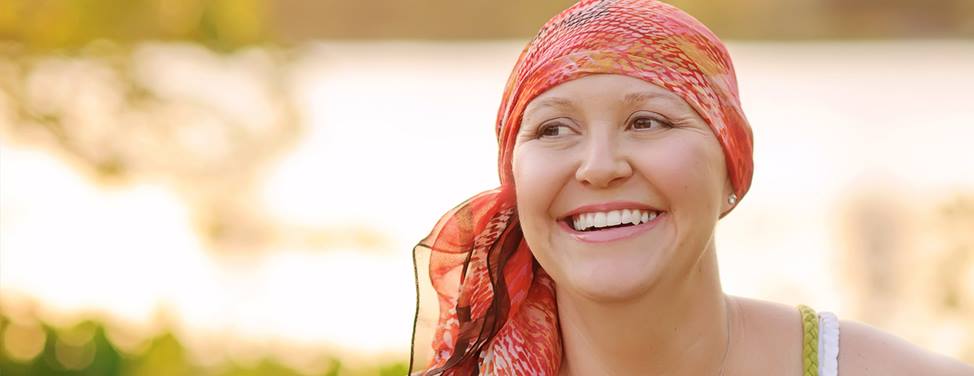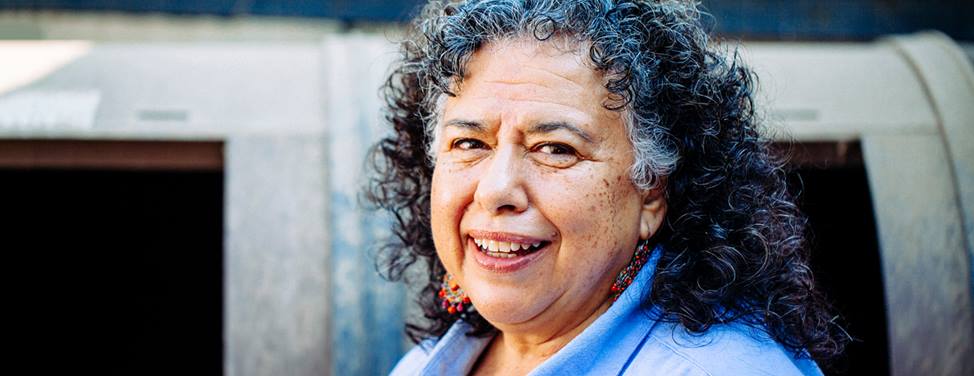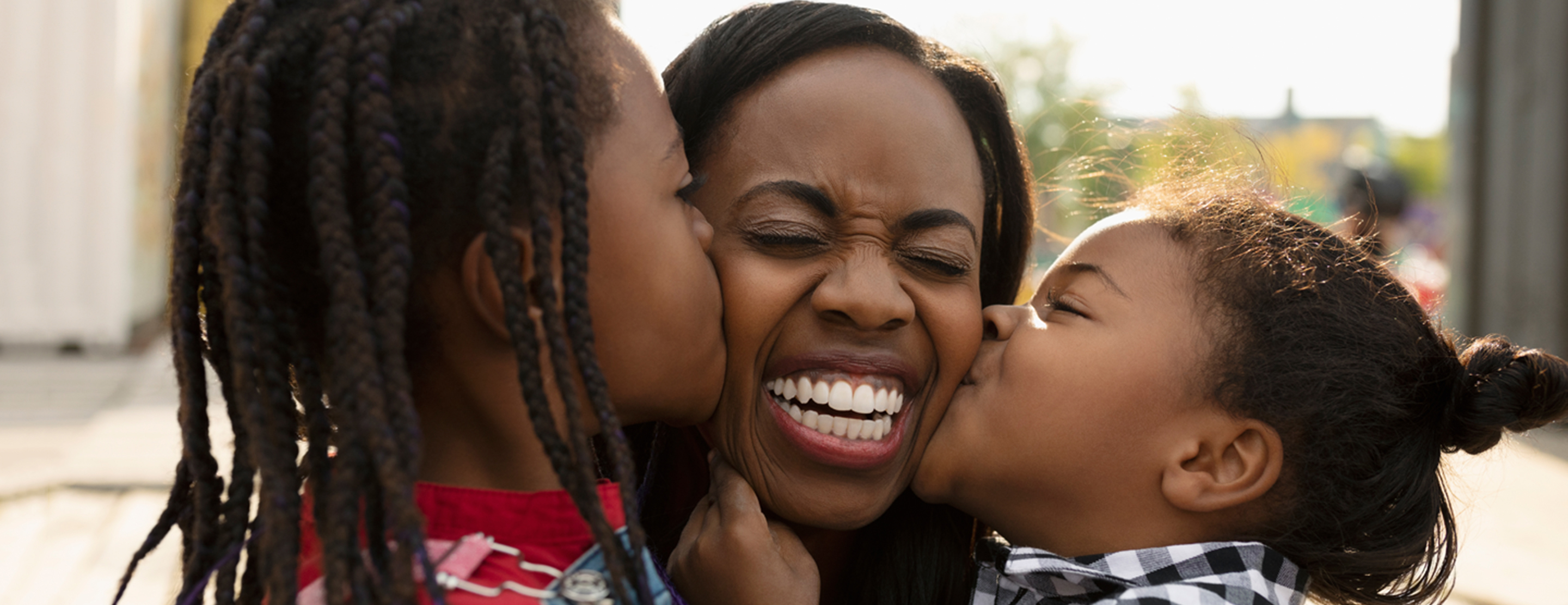
Mastectomy: Instructions After Surgery
Pain Management
- People experience different types and amount of pain or discomfort after surgery. The goal of pain management is to assess your own level of discomfort and to take medication as needed. You will have better results controlling your pain if you take pain medication before your pain is severe.
- You will be given a prescription for Vicodin for the management of moderate pain. It is recommended to take medication for pain when pain is experienced on a regular schedule. Ibuprofen (Advil or Motrin) or Tylenol can be added to or replace the Vicodin.
Everyone is different and if one plan to decrease your pain is not working, it will be changed. Healing and recovery improve with good pain control. - Please notify us of any drug allergies, reactions or medical problems that would prevent you from taking these drugs. Vicodin is a narcotic and should not be taken with alcoholic drinks. Do not use narcotics while driving.
- Narcotics also can cause or worsen constipation, so increase your fluid intake, eat high fiber foods — such as prunes and bran — and make sure that you get up and out of bed to take small walks.
- An icepack may be helpful to decrease discomfort and swelling, particularly to the armpit after a lymph node dissection. A small pillow positioned in the armpit also may decrease discomfort.
- Although you will not have felt it at the time, nor remember it afterwards, you will have had a tube down your throat during the surgery. This can often cause a sore throat for a few days following your surgery.
Incision and Dressing Care
Your incision, or scar, has both stitches and steri-strips, which are small white strips of tape, and is covered by a gauze dressing and tape or a plastic dressing.
- Do not remove the dressing, steri-strips or stitches. We will remove the dressing in seven to 10 days. We also will remove the sutures in one to two weeks unless they absorb on their own. If the dressing or steri-strips fall off, do not attempt to replace them.
- You may shower one day after the drain(s) is out and if you have a plastic dressing.
- If you have gauze and paper tape, you may remove it two days after surgery and shower after that. Use a towel to dry your incision thoroughly after showering. Be careful not to touch or remove the steri-strips or sutures.
- Bruising and some swelling are common in women after surgery.
- A low-grade fever that is under 100 degrees Fahrenheit is normal the day after surgery.
- You will have a Jackson-Pratt (JP) drain after your surgery. This drain is a plastic tube from under the skin to outside your body with a bulb attached to it. Empty the drain two to three times per day or when the bulb is full. Write down the amount drained on a sheet of paper. Your nurse will teach you how to empty your drain. An information sheet on JP drains is included in your binder.
- A home care nurse may be assigned to check your progress at home.
Activity
- Avoid strenuous activity, heavy lifting and vigorous exercise until the stitches are removed. Tell your caregiver what you do and he or she will help you make a personal plan for "what you can do when" after surgery.
- Walking is a normal activity that can be restarted right away.
- You cannot do housework or driving until the drain is out. You may restart driving when you are no longer on narcotics and you feel safe turning the wheel and stopping quickly.
- Following a lymph node dissection, don't avoid using your arm, but don't exercise it until your first post-operative visit.
- You will be given exercises to regain movement and flexibility. You may be referred to physical therapy for additional rehabilitation if it is needed.
- Most people return to work within three to six weeks. Return to work varies with your type of work, your overall health and personal preferences. Discuss returning to work with us.
Diet
- You may resume your regular diet as soon as you can take fluids after recovering from anesthesia.
- We encourage eight to 10 glasses of water and non-caffeinated beverages per day, plenty of fruits and vegetables as well as lower fat foods. Talk with us about recommendations for healthy eating.
- A nutritionist is available for consultation in the Breast Care Center. Call the front desk to schedule an appointment.
Follow-Up Care
- The pathology results from your surgery should be available within one week after your surgery.
- We will contact you by telephone with the results or will inform you at your post-operative visit. Please let us know the telephone number where you may be reached with the results.
- Follow-up appointments are generally made before surgery with your physician and a nurse. Your sutures will be removed in approximately 10 to 14 days. Call the Breast Care Center if you do not have or remember your appointment.
- Your dressing will be changed or removed at your post-operative visit.
When to Contact Us
Contact us for the following problems, any unanswered questions and emotional support needs. Call (415) 353-7070 and ask to speak with a nurse during the day, or the answering service in the evening to reach your doctor or the doctor on call.
- Pain that is not relieved by medication
- Fever more than 100 degrees Fahrenheit or chills
- Excessive bleeding, such as a bloody dressing
- Excessive swelling
- Redness outside the dressing
- Discharge or bad odor from the wound
- Allergic or other reactions to medication(s)
- Constipation
- Anxiety, depression, trouble sleeping, need more support
Previous:
UCSF Health medical specialists have reviewed this information. It is for educational purposes only and is not intended to replace the advice of your doctor or other health care provider. We encourage you to discuss any questions or concerns you may have with your provider.






